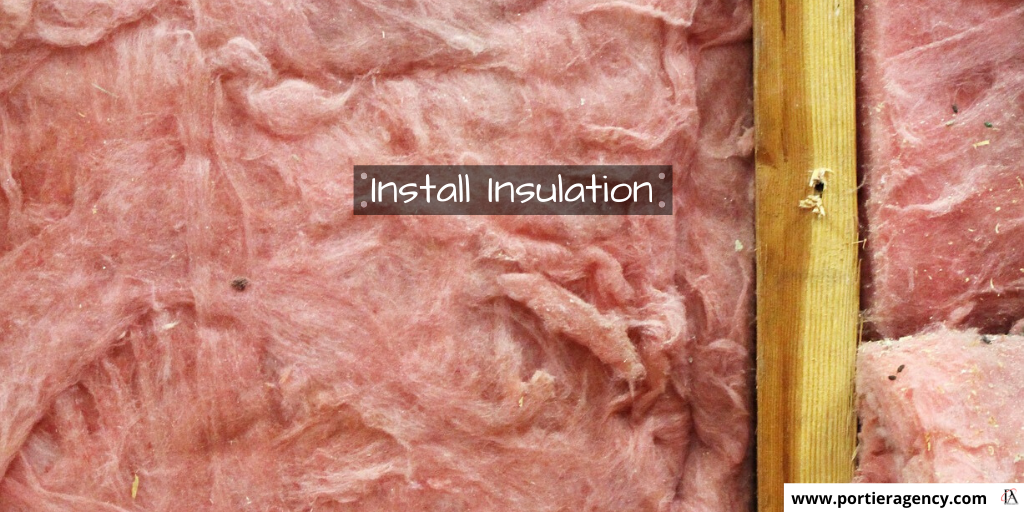
We’ll give you general instructions for insulating several areas of your home, but always follow the insulation manufacturer’s instructions. Here are some things you need to do before you begin:
- Check your local building code for R-value recommendations and any vapor barrier requirements that apply to your area.
- Seal gaps that allow unconditioned air into the space you’re insulating. Pay attention to areas where plumbing, ductwork or wiring enters the space. See Do-It-Yourself Foam Insulation and How to Caulk. In crawlspaces and basements, make sure there are no cracks in the foundation.
- Measure between joists (if insulating a floor or attic) or studs (if insulating unfinished walls) to find the correct width of insulation. If you’re insulating framed walls, make sure the insulation is the correct thickness for your wall studs.
- Use our Roll Insulation Calculator to estimate how much roll or batt insulation you need.
Good to Know
Insulation is available in faced (with a vapor retarder) and unfaced rolls and pre-cut batts. Blown-in and foam board insulation is also available. The R-value of the product indicates how well it insulates. See our Insulation Buying Guide for more information on determining the type and R-value you need for different applications.
Caution
The paper side of faced insulation is flammable and must not be left exposed. Cover it with a finishing material, such as drywall. Watch our video How to Hang Drywall for step-by-step instructions.







